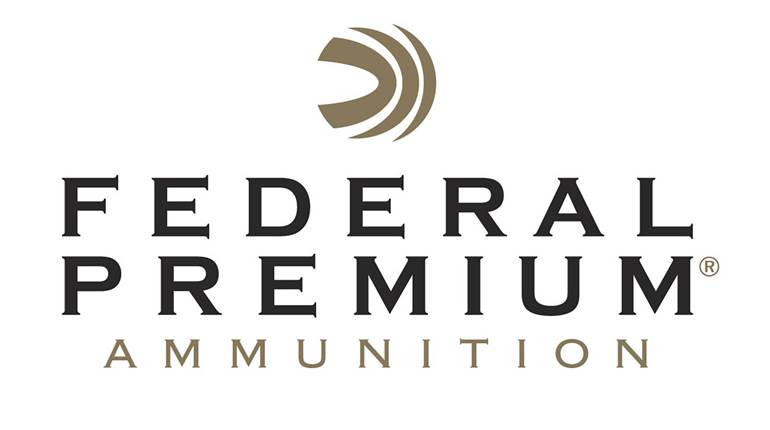
The FBI processed 3,081,724 NICS background checks in March—up more than 1/2 million from February. After subtracting other administrative uses of the system, which includes processing of carry permits and their rechecks, Small Arms Analytics & Forecasting (SAAF) estimates roughly 1.8 million firearms sold during the month. The figure represents a decline of more than 18 percent compared to March 2021, but it is significantly above pre-pandemic levels for the 31-day reporting period.
“The usual seasonal pattern recurred, in which March sales are higher than those of February which, in turn, are higher than those of January,” noted SAAF Chief Economist Jurgen Brauer. “While the year-over-year decline in March 2022 was a large percentage (-18.4), the absolute number of units sold nonetheless exceeded the pre-pandemic March 2019 number by about 400,000 units, so in that sense at least, the firearms market remains rather robust.”
The biggest decline was in handgun sales. They were down 20 percent, while long guns dropped 16.7 percent.
Brauer also noted that newly available information from BATFE indicates firearm production from 1986 to 2020 in the United States has moved significantly away from the New England region. More are being made in the West North Central and South Atlantic areas of the country than before.
In addition, data released by the U.S. Treasury allowed Brauer to calculate overall industry growth based on Firearms and Ammunition Excise Tax returns. The tax is imposed at the point of release of firearms and ammunition, essentially paid by manufacturers and importers into the wholesale, retail and end-user chain. With a 10-percent tax levied on handguns and 11 on long guns, he estimated the industry grew 44 percent from 2019 to 2020. For the period between 2020 to 2021 the figure was a 26-percent improvement. The numbers should be considered a relative gauge, however, and with some firearm transactions tax-exempt or tax free underestimate industry growth.





































